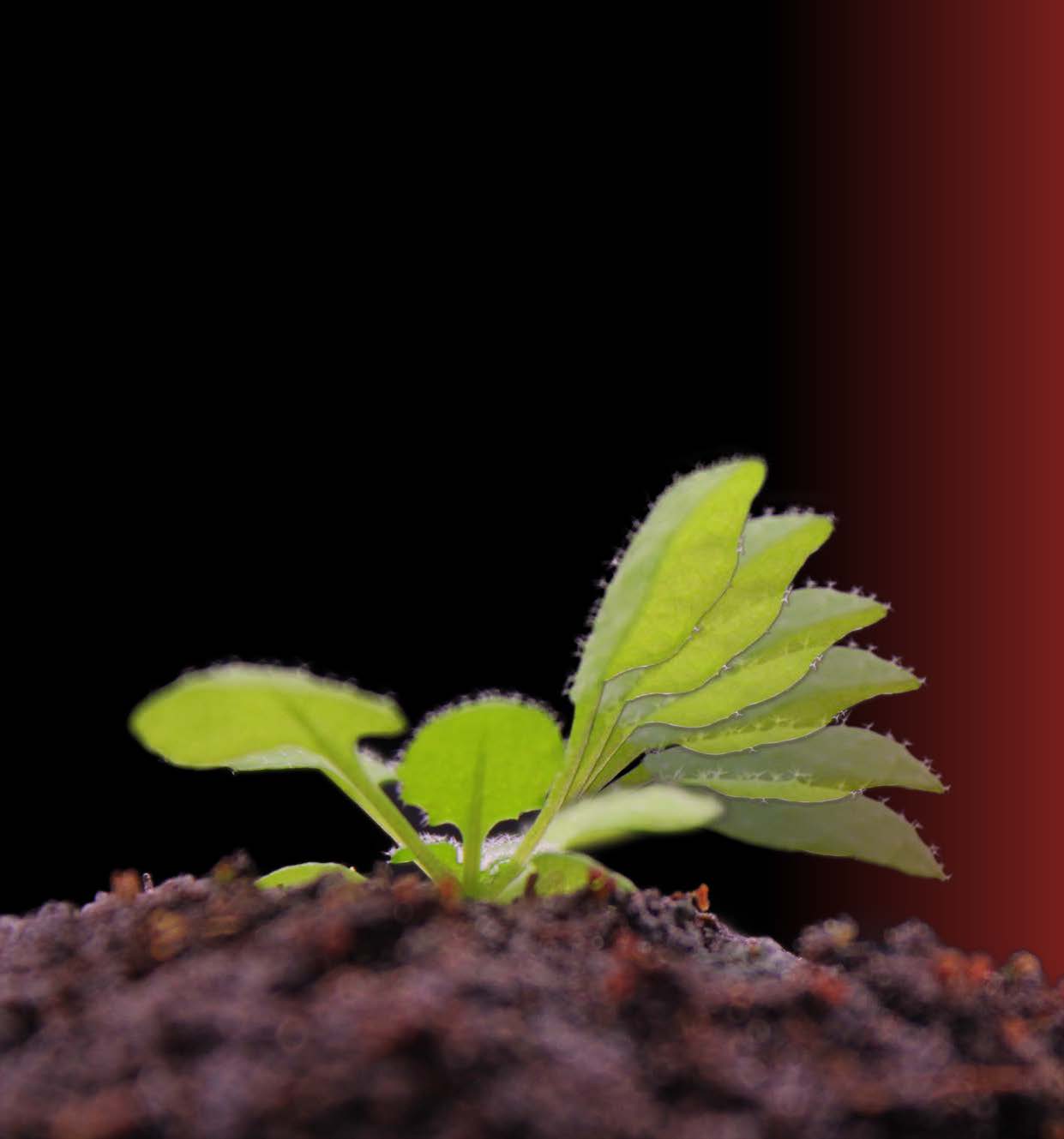PS Seminar: Reaching out for the sun: dealing with the threat of carbon deprivation
Speakers
Event series
Content navigation
Description

Light is a vital resource for plants, which compete for its availability particularly in dense communities, which are typical in agriculture. Plants possess multiple photosensory receptors to detect the presence of competitors and thereby adjust their growth and developmental strategies accordingly. I will discuss the photoperception mechanisms and growth responses elicited by the neighboring vegetation in Arabidopsis and Brassica rapa, two typical shade-avoiding species. These responses include rapid shade-induced organ-specific transcriptional reprogramming mediated by Phytochrome Interacting Factors (PIFs) (1). In young seedlings shade leads to a rapid burst of auxin production in cotyledons that is then transported to the hypocotyl where it promotes elongation. Later in development similar regulatory mechanisms underlie leaf repositioning that is restricted to the shaded part of the plant (2). Finally, I will present evidence for rapid reallocation of carbon from the main photosynthetic source tissues towards elongating stems. This resource reallocation is essential for rapid growth elicited by neighbor threat. Moreover, in the stem starch metabolism plays a growth-regulatory function that is controlled by the bHLH transcription factor PIF7 (3).
(1) Kohnen, M.V., et al., Neighbor Detection Induces Organ-Specific Transcriptomes, Revealing Patterns Underlying Hypocotyl-Specific Growth. Plant Cell, 2016. 28:2889-2904.
(2) Michaud, O., et al., Local auxin production underlies a spatially restricted neighbor-detection response in Arabidopsis. PNAS, 2017. 114:7444-744
(3) de Wit, M., et al., Changes in resource partitioning between and within organs support growth adjustment to neighbor proximity in Brassicaceae seedlings. PNAS, 2018. doi: 10.1073/pnas.1806084115.
Location
Eucalyptus Seminar Room, Level 2, RN Robertson Building #46




